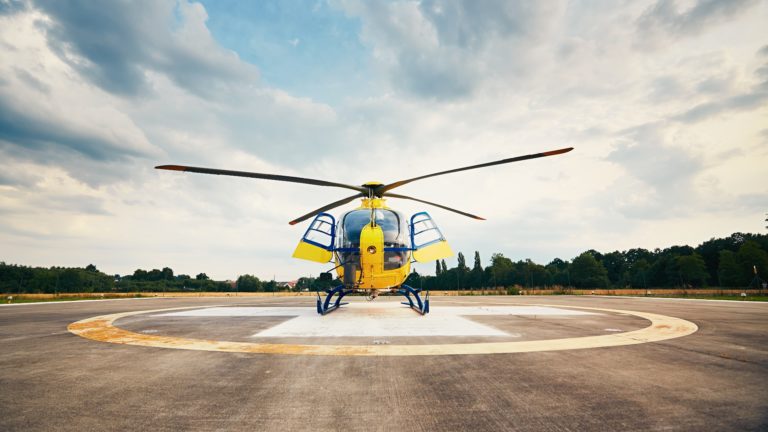*An opinion piece examining surprise costs of balance billing and the problems with surprise costs in the US, written prior to the No-Surprises Act in 2022, We haven’t found much useful information on the efficacy of the No-Surprises act as it is so new and the industry has been so opaque for so long. It is important to note that this does not seem to impact international air ambulance flights to the US, solely those within the US. Medicare does seem willing to cover the US portions of Diana’s Air Ambulance with a deductible.
Original Link | STAT | By Kevin Schulman, Barak Richman and Arnold Milstein
Although so-called surprise medical bills have become commonplace and routinely provoke outrage, even those numb to the staggering charges by hospitals are horrified by the avarice of many air ambulance companies.
Generating bills that can exceed $500,000, air ambulances are the giant squid of surprise bills that suffocate unsuspecting patients. One air ambulance bill sought $54,727 from a Bismarck, N.D., woman for a transport that would have taken less than one hour by ground, even after a ground ambulance had already arrived at the scene and had stabilized her. Her insurance paid for less than $14,000, leaving her with a $41,029 bill.
These staggering charges are caused by a confluence of market failures. First, as with all surprise bills, the price is hidden. When patients can’t shop for less-expensive alternatives, they are stuck with inflated prices. But hiding prices — and then allowing providers to charge outrageous amounts after service is provided — also fuels excessive supply, since many providers are eager to capitalize on the inflated profits.
Economists have long focused on the concept of moral hazard, in which demand increases because insurance pays for a large portion of the bill. The story of air ambulance bills illustrates the impact of moral hazard on suppliers, where both price and quantity of services are artificially inflated.
Continue reading “Stop outrageous air ambulance bills by disclosing the transport price”









